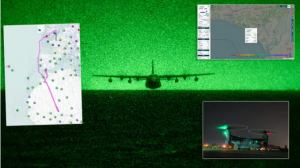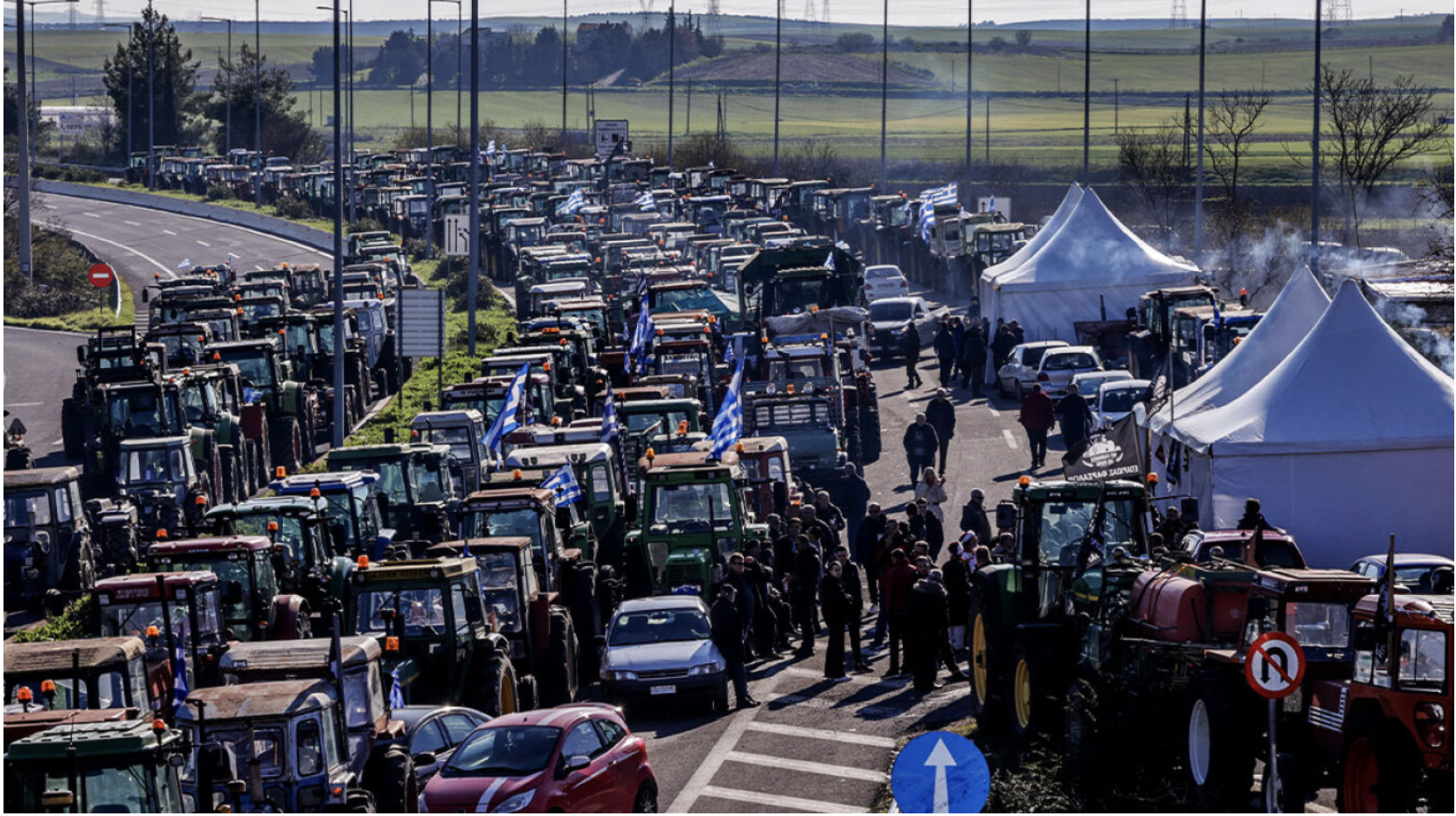Early on Saturday, Oct. 31, 2020, members of the Navy’s elite “SEAL Team Six” or “DEVGRU” (Development Group), based on intelligence gathered by the U.S. Central Intelligence Agency using sophisticated cell phone surveillance, rescued U.S. citizen Philip Walton, in central-northern Nigeria.
Philip Walton, 27, reportedly a farmer who keeps camels, sheep, and poultry and grows mangoes near the Niger-Nigeria border had been abducted from a village in the neighbouring country of Niger to the north of Nigeria six days earlier, by six men armed with AK-47 assault rifles on motorcycles.
As reported in our article published shortly after the report, the raid by U.S. special operations began with a parachute insertion into the area according to reports. This insertion method is generally used only if other means of covert insertion are not immediately available. It is also used if forces assigned to the raid must travel into the target area from a significant distance on longer range aircraft. There were approximately 30 special operations personnel involved in the raid. Once the rescue force was inserted into the area by parachute, they moved on foot approximately three miles to the target area where the rescue was made. Following a “brief but intense firefight”, Walton was moved on foot to the extraction site where CV-22s flew the hostage and rescue force to safety.
Provocative Turkish Navtex demand demilitarisation of 4 Greek islands
9,000-year-old Female Hunter’s Remains Uncovered in Peru
OSINT analysis on the Mode-S/ADS-B tracks correlated with details provided by aircraft spotters as well as sources familiar with the matter, provide a pretty accurate overview of all the assets involved in the rescue operation.
The AFSOC aircraft involved in the operation forward deployed to Naval Air Station Rota, in southwestern Spain, on Oct. 29, and from there launched on Oct. 30, 2020. Special Operations aircraft involved in the raid were MC-130J Commando II, CV-22B and one AC-130J.
Read more: The Aviationist
Ask me anything
Explore related questions





